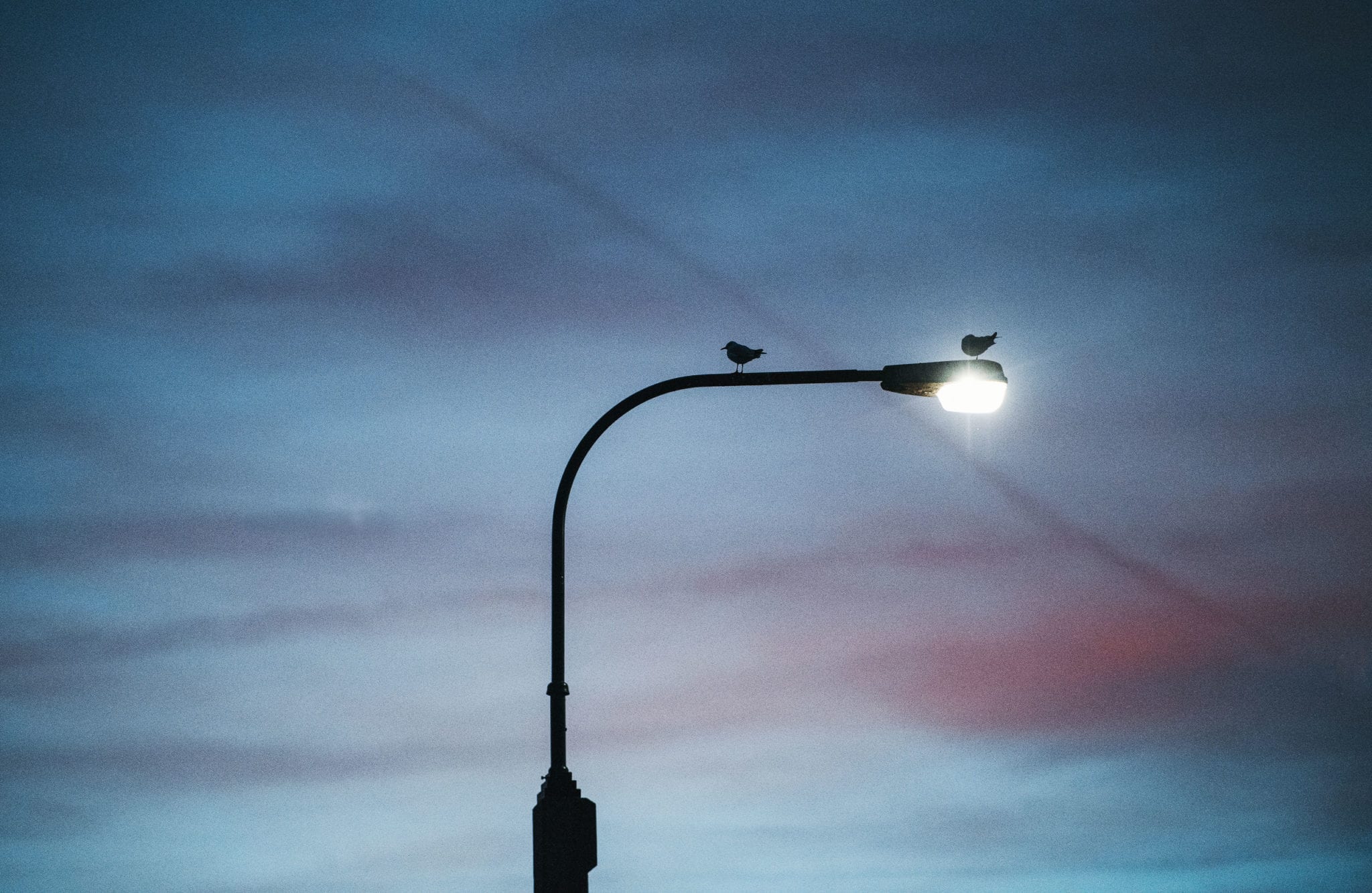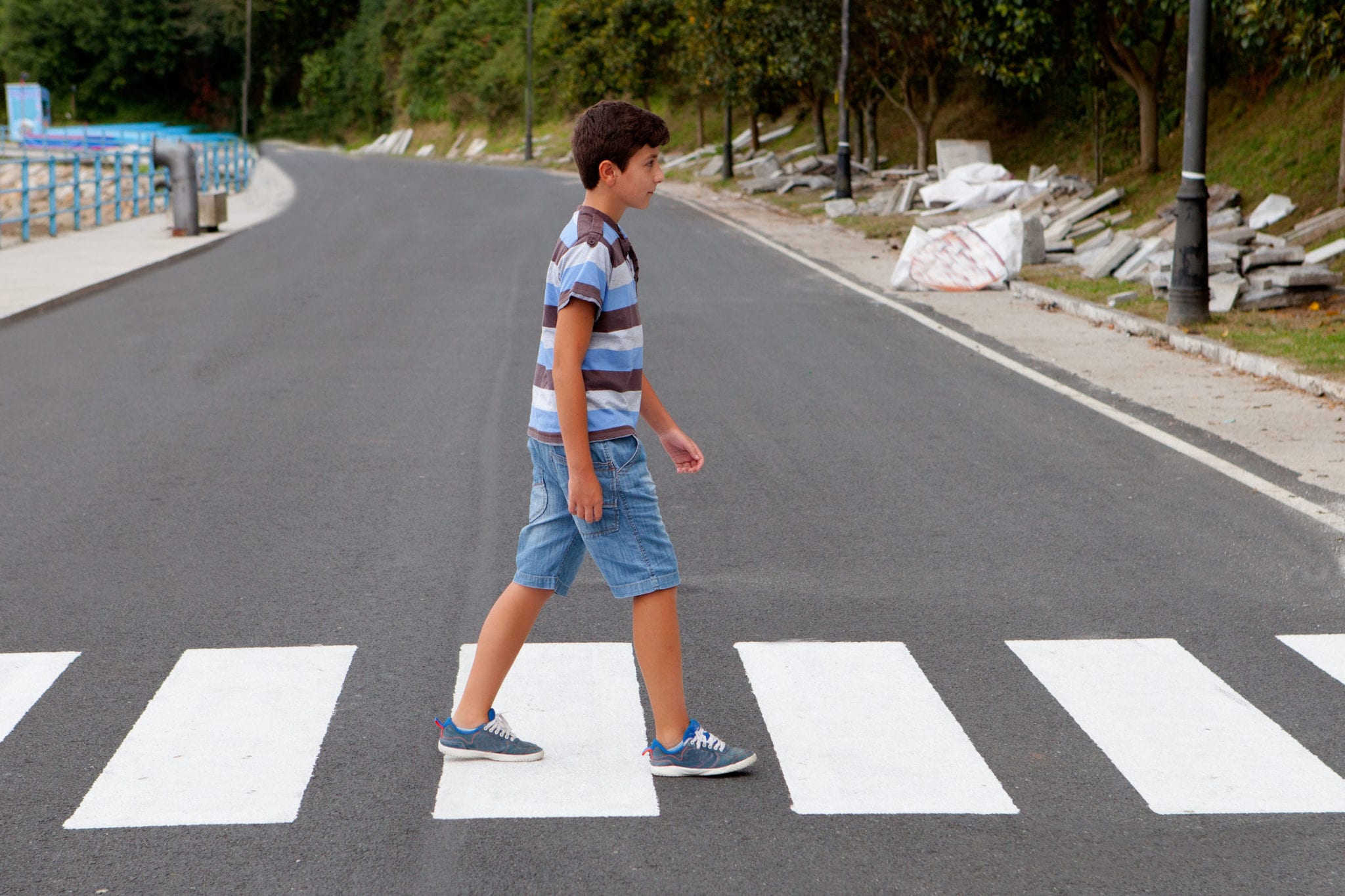Despite the COVID-19 lockdowns around the country, Florida still seems to be dangerous for pedestrians. The most recent example of this is a pedestrian accident that led to two young teens being hospitalized, both in critical condition.
Unfortunately, accidents like this seem to be all too common in Florida, even while pedestrian traffic hits all-time lows amidst the pandemic. According to the Miami Herald, the state of Florida ranks as worst in the nation for pedestrian accidents.
What are some of the reasons for this? Why is it that Florida, and many other areas of the country, experience such high numbers of pedestrian accidents?
Let’s take a look at the reasons pedestrians get hit by cars and why these accidents seem to be increasing.
Smart Growth America Says Our Streets Aren’t Made for Walking
The organization Smart Growth America notes that the total number of accidents involving two or more vehicles has dropped. Even better, the total number of traffic fatalities in these types of accidents hs dropped each year.
Despite this fact, the number of pedestrian accidents has increased. To this end, Smart Growth America has created the Dangerous by Design initiative to investigate the issue.
Their primary findings conclude that America’s streets over the past few decades have really been designed with cars in mind — not people.
Common Causes of Pedestrian Accidents in Florida
Our streets are designed to get vehicles from point A to point B as quickly, efficiently, and as safe as possible. The problem is that while conditions have become more reliable and better for cars, pedestrian safety was not prioritized during planning.
Some key examples of how vehicle traffic has been prioritized over pedestrian safety include crosswalks, intersections, and freeways.
Poor Lighting at Crosswalks
Poor lighting is quite common at intersections that may have less traffic. Intersections can already be hazardous for pedestrians, and poor lighting dramatically adds to that danger. When drivers can’t see what’s ahead of them, it’s difficult to plan to stop or slow down for someone walking across.
This is a significant issue as it is more common at intersections in more impoverished neighborhoods and more rural areas on the outskirts of cities where cars drive faster.
Intersections
Think about the last time you had to cross a busy intersection. There was likely a crosswalk with a stoplight covering all sides of the intersection. If it was a well-planned intersection, there might have even been a pedestrian crossing signal that you can press to activate. (Of course, that doesn’t mean it’s completely safe.)
What about cars turning right? Sure, the law says yield to pedestrians, but turning right on red is legal, and proper driving etiquette calls for drivers to keep an eye out for oncoming traffic.
Freeways
One of the most significant innovations in vehicle transportation has been raised intersections that allow cars to cover entire city lengths without coming across a single traffic signal. When it comes to being a pedestrian, however, these are tremendous obstacles.
Often, these freeways cut through cities creating obstacles for pedestrians looking to cross. Often, pedestrian-friendly crossing points may be up to a mile apart. The combination can be deadly for those who need to cross.
If you or someone you love has been involved in a pedestrian accident due to poor city planning or maintenance, you may have grounds for a personal injury lawsuit.
If you’re not sure whether your situation would call for filing a claim, reach out to an experienced Florida personal injury attorney for advice.
Who is Commonly Affected, and What Can Florida Cities Do?
Unfortunately, the people most commonly affected by roadway design flaws are elderly pedestrians and people in neglected neighborhoods.
The elderly are more likely to experience hearing difficulties or sight issues which can pose major dangers when needing to cross streets — busy or not. They may also be less quick to move, leaving them more exposed to vehicles as they make their way across.
Residents of more impoverished neighborhoods are also more likely to be affected. Resources are commonly allocated to road development in burgeoning neighborhoods and cater to populations who plan for growing their families and are able to pay higher taxes over them.
This can translate into a lack of crosswalks, poor maintenance of existing ones, fewer street lights, and fewer pedestrian crossing signals. All of these issues can lead to a greater risk of pedestrian accidents.
By prioritizing underserved groups when planning streets, city planning officials have an opportunity to create more pedestrian-friendly roads and ultimately decrease pedestrian accident risks.
This will need to take place in both new areas that are being built as well as in older neighborhoods where streets are currently not pedestrian-friendly. The benefits? Safer roads for everyone in the community.
About the Author:
Andrew Winston is a partner at the personal injury law firm of Winston Law. For over 20 years, he has successfully represented countless people in all kinds of personal injury cases, with a particular focus on child injury, legal malpractice, and premises liability. He has been recognized for excellence in the representation of injured clients by admission to the Million Dollar Advocates Forum, and named one of America’s Top 100 High-Stakes Litigators. Mr. Winston is AV Preeminent Rated by the Martindale-Hubbell Law Directory, enjoys a 10.0 rating by AVVO as a Top Personal Injury Attorney, has been selected as a Florida “SuperLawyer” from 2011-2020 – an honor reserved for the top 5% of lawyers in the state – was voted to Florida Trend’s ”Legal Elite,” recognized by Expertise as one of the 20 Best Fort Lauderdale personal injury attorneys, named one of the Top 100 Lawyers in the Miami area for 2015-2017, and one of the Top 100 Lawyers in Florida for 2015-2017 and 2019.
 What You Need to Know to Help Your Florida Errors & Omissions Claim
What You Need to Know to Help Your Florida Errors & Omissions Claim 


















